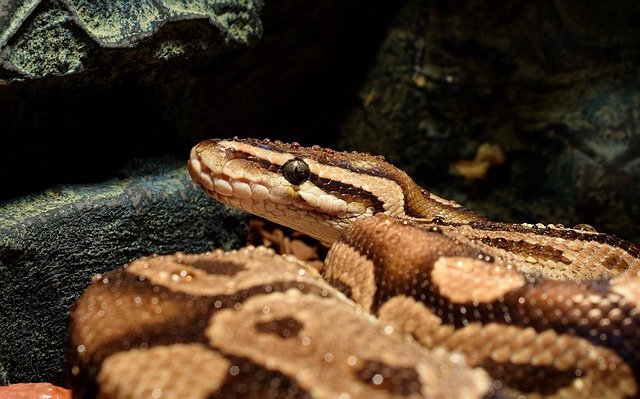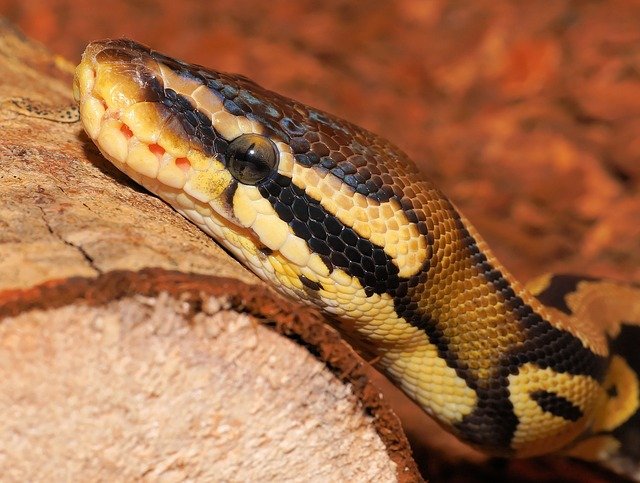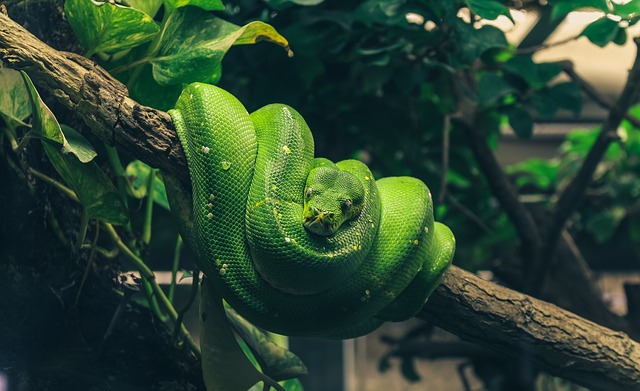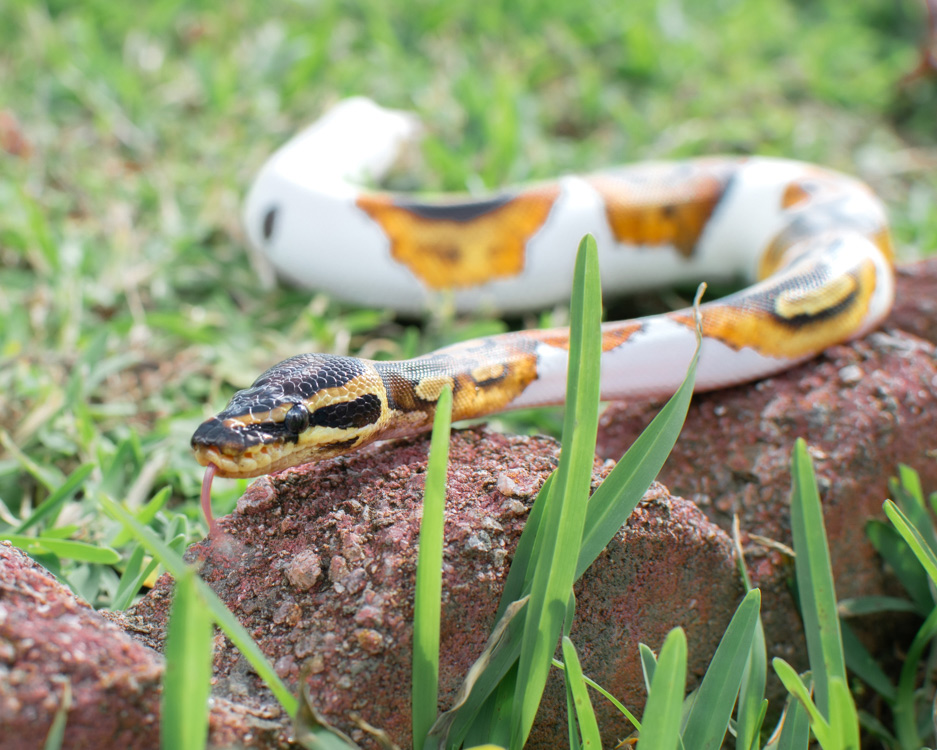Complete Guide To Increasing Humidity In Ball Python Tanks
December 31, 2020

Ball Python Humidity Problems
If you’re struggling to keep humidity up in your snake’s tank, you’re not alone. Ball pythons require humidity levels ranging between 50-70%, which is much higher than the average humidity that most homes hold naturally. Due to this, ball pythons can often have humidity problems, and you will need to make an effort to raise their humidity above the humidity levels of your home. You can usually tell if your humidity is in the right place or not by your snakes shed. If the shed is coming off in one or two pieces with none stuck on your snake, your humidity is probably where it should be.
If you don’t have one already, you will need to purchase a hygrometer to give you an accurate measurement of the tank’s humidity. Even though a snake’s shed can be a good indicator, you shouldn't just rely on that to tell you how the humidity is. There are many factors that can contribute to the humidity being too low, such as the type of tank, substrate, or the weather. With the right care and dedication, you can get your ball python’s humidity back into the proper range!
Why is Humidity Important?
If your ball python’s humidity levels are too high or too low, it can cause serious health issues. Too high humidity can cause respiratory infections in your snake. It can also cause scale rot if the humidity is high enough that the substrate remains damp. If the humidity is too low, your snake will become dehydrated, and this dehydration will cause shedding problems. Dehydration will also lead to your ball python refusing meals, and in extreme cases can even lead to death. Because of this, it is essential to provide your ball python with a proper humidity at all times.

Ways to Keep Humidity up in a Snake’s Tank
Keeping the right humidity levels in a ball python’s enclosure can be a challenge, especially in the winter when the heat in your house is drying up the humidity in your snake’s enclosure. Here's a list of tips and tricks to help get your snake’s humidity back into the right range.
Mist The Tank Often
A good way to give your ball python’s enclosure a humidity boost is to mist the tank. If you see the levels in the tank begin to drop, just thoroughly spray it down. This can be done with a cheap spray bottle, or with a fancy mister. When misting your ball python’s enclosure, make sure you are not drenching the substrate. Wet substrate can cause the scales on your snake’s belly to rot.
Water Dish
You should be providing your ball python with a water dish that is large enough for them to soak in. If you place this water dish on the hot end of their enclosure, the heat light will cause the water to evaporate, which will help to increase humidity in your snake’s tank.
The Type Of Substrate Matters
What substrate are you using in your ball python’s enclosure? Some substrates hold humidity better than others, and contrary to popular belief, aspen is NOT the best substrate for your ball python. Instead, you should use coconut husk. It’s a little harder to find in stores, but you can find it here on Chewy for cheap. It is the best substrate for holding in humidity.
Another thing you can do to help hold humidity in is to add some moss. You can do this by saturating the moss and placing it around the tank, or by mixing it into the substrate. Not only does moss help to hold in humidity, it provides your ball python with a natural element to their environment, which encourages enrichment. This is the exact moss I use in all of my reptile enclosures, and my ball pythons love it! You can learn more about how to enrich your ball python’s life here.
Glass Enclosure Issues
If you have your ball python in a glass enclosure (such as a fish tank, or an exo terra enclosure) it will be extra hard for you to maintain the right humidity levels. Glass enclosures provide an excess amount of ventilation because of their screen lids. You can combat this problem by using tin foil (plastic wrap works just as well) to wrap ¾ of the lid. This will help to hold in humidity, while still allowing a proper amount of air flow from the other ¼ of the lid. Oftentimes this alone is not enough to maintain the right humidity levels, so you will still have to mist the tank often and have a substrate that holds humidity well.
PVC enclosures are the best at holding in humidity and I highly recommend them for ball pythons. My ball pythons are kept in 4 X 2 X 2 PVC enclosure. You can read about the pros and cons of PVC enclosures, as well as a detailed comparision between PVC enclosures and glass tanks here.
This post contains affiliate links that may pay me a commission when a sale is made. Affiliate commissions help me maintain this website, and I only recommend products that I trust.






Sending...